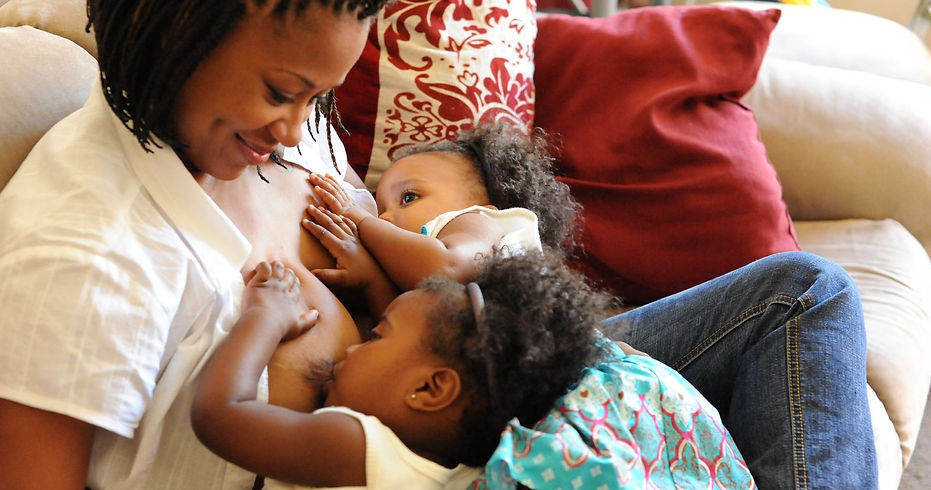ACUTE PRESENTATIONS
See specific pages on excessive weight loss in the first two weeks of life, neonatal jaundice, faltering growth and excessive crying in the breastfed/chestfed baby. Also see pages on chronic health problems, when a breastfeeding/chestfeeding baby or child is admitted to hospital, and breastfeeding/chestfeeding as analgesia during painful procedures.
Breastfeeding/chestfeeding and gastroenteritis
-
Breastfeeding/chestfeeding should continue during gastroenteritis, unless triggering persistent vomiting. Oral rehydration solution may be necessary in addition to breastfeeding/chestfeeding if there is clinical dehydration. Intravenous fluid may be necessary in addition to breastfeeding/chestfeeding if this fails, or the child is shocked. See the NICE guideline
-
If the baby or child is keen to feed but this is triggering vomiting, some suggest expressing milk off directly before feeding (feeding on an 'empty breast') so the baby is having less volume intake but still getting comfort and some hydration
-
As an alternative to an oral rehydration solution fluid challenge, some suggest a timed breastfeeding/chestfeeding fluid challenge. For example, a one minute feed at the breast and then a five minute pause (with distraction), followed by a two minute feed and gradually increase the feeding periods until the vomit-drink copiously-vomit cycle is broken.
-
Although breastfeeds/chestfeeds cannot be directly measured, you can still rely on urine output and clinical markers of dehydration when monitoring fluid balance
-
If a baby or young child is breastfeeding/chestfeeding significantly less than usual then the mother/parent’s breasts will feel uncomfortably full – this can be elicited in the history as a marker of reduced intake
-
Note that temporary lactose intolerance can be seen after severe gastroenteritis, due to damage to the intestinal villi. This is will give symptoms of diarrhoea, bloating and potentially abdominal pain. Human milk contains lactose regardless of the parent's diet. Breastfeeding/chestfeeding can continue if symptoms can be tolerated, with an explanation that they are temporary while the gut heals. If this is not acceptable to the family then the baby will need lactose-free formula temporarily - if breastfeeding/chestfeeding is to continue after this the parent will need to express milk during the period of no breastfeeding/chestfeeding.
Breastfeeding/chestfeeding with respiratory illness
Children with acute respiratory problems such as bronchiolitis may struggle to coordinate breastfeeding/chestfeeding and breathing or be too breathless to manage to feed orally. They may need nasogastric feeding while acutely unwell (sometimes with fluid restriction), or intravenous fluids. However, skin to skin and brief comfort feeds should be possible in all but the sickest babies and may also help to stabilise the child physiologically. Normal breastfeeding/chestfeeding can be resumed once the baby is well enough, and there is no need to aim for any target of tolerance of expressed milk by bottle or nasogastric feeding beforehand. Many families report stopping breastfeeding or switching to mixed feeding because of their child's hospitalisation for bronchiolitis. Improving support during the hospitalisation may help - see separate page on expressing while direct breastfeeds/chestfeeds are restricted.
Other problems
Candidal infection in the mouth or nappy may be seen incidentally in a baby presenting acutely for another reason. Remember that NICE Clinical Knowledge Summary recommends that the breasts/chest be treated at the same time as the infant, to prevent re-infection. Ensure the mother/parent receives a topical prescription, for example the CKS recommends miconazole 2% cream to be applied to the nipples after every feed for 2 weeks. The miconazole gel that the infant may be prescribed cannot also be used on the nipples as it is not designed for topical administration.

